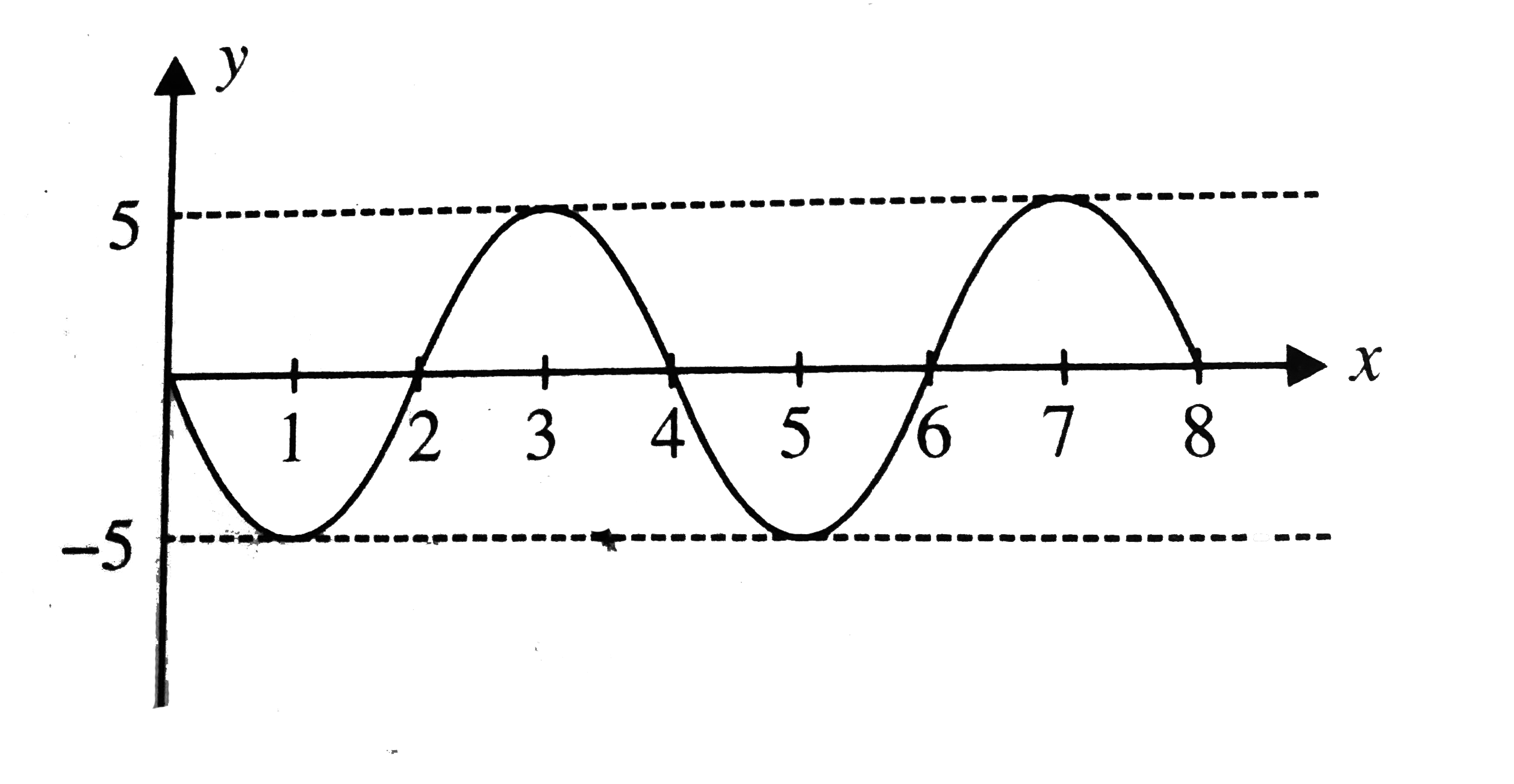Write down the differential equation of a plane progressive wave.
To derive the differential equation of a plane progressive wave, we can follow these steps:
1. Understanding Progressive Waves:
- A progressive wave is a wave that travels through a medium, transferring energy from one point to another without the permanent displacement of the medium itself. These waves can be described mathematically using sinusoidal functions.
2. Wave Function:
- A plane progressive wave can be represented by the wave function y(x,t), which describes the displacement of the wave at position x and time t. A common form of this function is:
y(x,t)=Asin(kx−ωt)
where:
- A is the amplitude,
- k is the wave number (k=2πλ, where λ is the wavelength),
- ω is the angular frequency (ω=2πf, where f is the frequency).
3. Differentiating the Wave Function:
- To derive the differential equation, we need to take the second derivative of the wave function with respect to time t and the second derivative with respect to position x.
- First, we differentiate y(x,t) with respect to t:
∂y∂t=−Aωcos(kx−ωt)
- Then, we differentiate again with respect to t:
∂2y∂t2=−Aω2sin(kx−ωt)=−ω2y
4. Differentiating with Respect to Position:
- Now, we differentiate y(x,t) with respect to x:
∂y∂x=Akcos(kx−ωt)
- Then, we differentiate again with respect to x:
∂2y∂x2=−Ak2sin(kx−ωt)=−k2y
5. Formulating the Differential Equation:
- Now, we can relate the second derivatives obtained:
∂2y∂t2=c2∂2y∂x2
where c=ωk is the speed of the wave. Therefore, the differential equation of a plane progressive wave is:
∂2y∂t2=c2∂2y∂x2
Final Answer:
The differential equation of a plane progressive wave is:
∂2y∂t2=c2∂2y∂x2
- A progressive wave is a wave that travels through a medium, transferring energy from one point to another without the permanent displacement of the medium itself. These waves can be described mathematically using sinusoidal functions.
- A plane progressive wave can be represented by the wave function y(x,t), which describes the displacement of the wave at position x and time t. A common form of this function is:
y(x,t)=Asin(kx−ωt)
where:
- A is the amplitude,
- k is the wave number (k=2πλ, where λ is the wavelength),
- ω is the angular frequency (ω=2πf, where f is the frequency).
- To derive the differential equation, we need to take the second derivative of the wave function with respect to time t and the second derivative with respect to position x.
- First, we differentiate y(x,t) with respect to t:
∂y∂t=−Aωcos(kx−ωt)
- Then, we differentiate again with respect to t:
∂2y∂t2=−Aω2sin(kx−ωt)=−ω2y
- Now, we differentiate y(x,t) with respect to x:
∂y∂x=Akcos(kx−ωt)
- Then, we differentiate again with respect to x:
∂2y∂x2=−Ak2sin(kx−ωt)=−k2y
- Now, we can relate the second derivatives obtained:
∂2y∂t2=c2∂2y∂x2
where c=ωk is the speed of the wave. Therefore, the differential equation of a plane progressive wave is:
∂2y∂t2=c2∂2y∂x2
The differential equation of a plane progressive wave is:
∂2y∂t2=c2∂2y∂x2
Topper's Solved these Questions
- BOOK - ICSECHAPTER - WAVESEXERCISE - Superposition Of Waves, Beats, Stationary Waves55videos
WAVES
- BOOK - ICSECHAPTER - WAVESEXERCISE - Doppler Effect, Musical, Sound, Noise26videos
WAVES
- BOOK - ICSECHAPTER - WAVESEXERCISE - Long Answer Questions16videos
WAVES
- BOOK - ICSECHAPTER - VECTORS SCALARS ELEMENTARY CALCULUS EXERCISE - UNSOLVED PROBLEMS79videos
VECTORS SCALARS ELEMENTARY CALCULUS
Similar Questions
Knowledge Check
- Question 1 - Select One
During propagation of a plane progressive mechanical wave,
AAll the particles are vibrating in the same phase.BAmplitude of all the particles is equal.CParticles of the medium executes SHMDWave velocity depends upon the nature of the medium.
During propagation of a plane progressive mechanical wave,
View SolutionWrite the general equation of a plane parallel to X-axis.
View SolutionOf the following, the equation of progressive wave is
View SolutionState any two characteristics of a plane progressive wave.
View SolutionWrite down the equation of progressive wave travelling along the negative X-axis and having an amplitude of 0.21m frequency of 225 Hz nd a wavelength of 0.6 m.
View SolutionShows the shape of a progressive wave at time t=0. after a time t=(1)/(80), the particle at the origin has its maximum negative displacement.if the wave speed is 80 units maximum negative displacement. If the wave speed is 80 units, then find the equation of the progressive wave.
 .View Solution
.View SolutionFind the differential equation of all non-vertical lines in a plane.
View Solution

